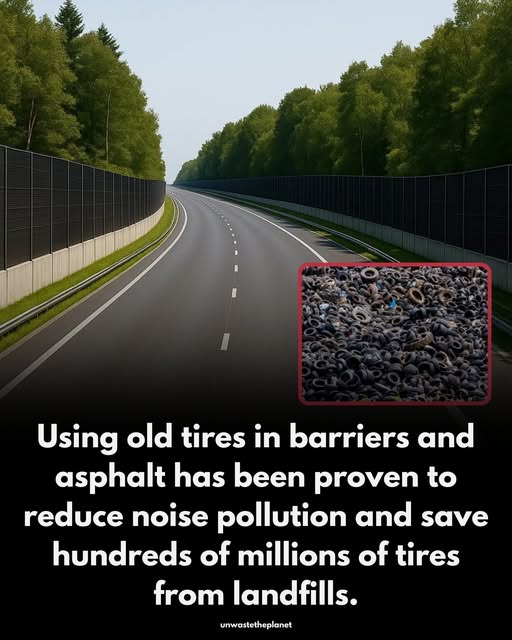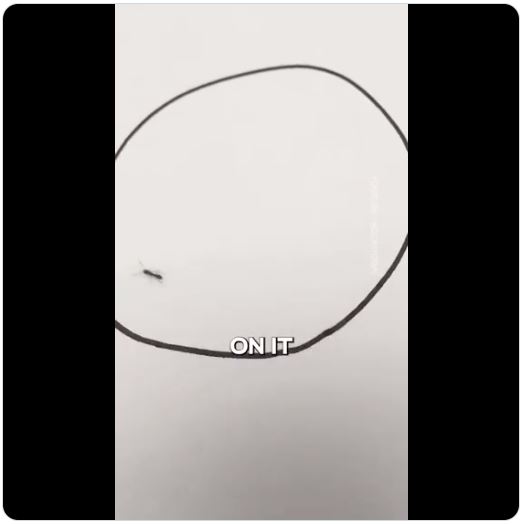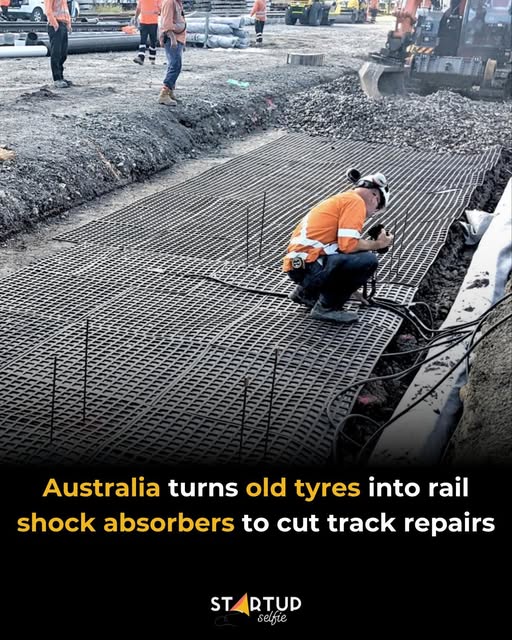
From my garden.

Tom's Blog on Life and Livingness

From my garden.

Old tires as noise reducers? Researchers in Slovakia have found that recycled rubber in roads and sound barriers not only helps the environment — it also cuts traffic noise significantly.
In real-world tests, two road sections were compared: one built with conventional asphalt and the other with 1.2% crumb rubber from used tires. The rubber-infused road was noticeably quieter across all vehicle types, from cars to heavy trucks.
Using the “Statistical Pass-By” method, researchers measured noise under real traffic conditions and found consistent reductions in sound levels.
This solution not only creates a quieter driving experience, but also offers a smart, sustainable way to reuse tire waste — especially valuable in urban areas where traffic noise impacts quality of life.

If, after watching this, you are aware of constraints that restrict you, get in touch with me. I will share with you what has worked for me.

While this is crafted to be humorous, there is more than a grain of truth in the advsibility to extrovert ones’s attention if you feel down. While a run is ultimately desirable (Wingate sprints are apparently the best exercise one can do) I believe it is best to increase one’s activity on a gradient. Start with a walk and look at things while you do.
For more information on Wingate sprints: https://en.wikipedia.org/wiki/Wingate_test

Pretty intuitive animation explaining seasons, equinox, solstice, length of day and night.



Australia’s railways just got a clever sustainability upgrade—using scrap rubber to reinforce train tracks. In a two-year field trial on Sydney’s Chullora freight line, researchers from the University of Technology Sydney (UTS) tested a recycled rubber underlay made from old truck tyres and mining conveyor belts. The results? Tracks with this rubber system showed significantly less wear and tear compared to conventional tracks.
The rubber layer cushions the impact of passing trains and spreads their weight more evenly across the track. This helps protect the crushed stone (ballast) underneath from breaking apart—a major reason tracks often need costly repairs. With less damage to the ballast, the tracks stay level longer, reducing the need for maintenance and shutdowns.
Beyond the economic benefits, the innovation also diverts end-of-life tyres and waste materials from landfills, offering a solid environmental win. Backed by AU$740,000 in new funding, the team is now scaling up trials in more extreme locations like bridges and junctions.
If successful, this low-cost, low-impact solution could change how rail networks around the world handle heavy freight—and waste.